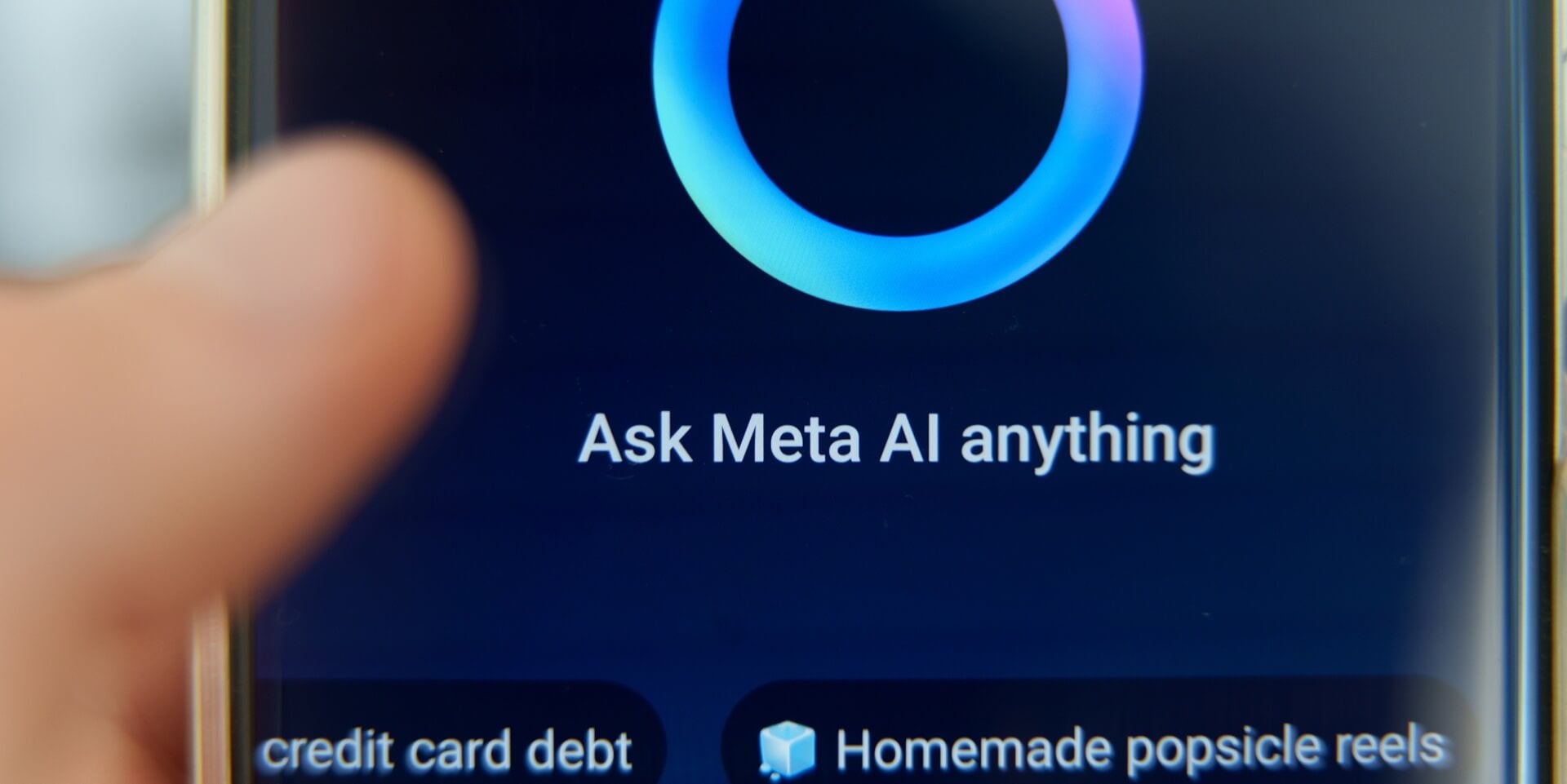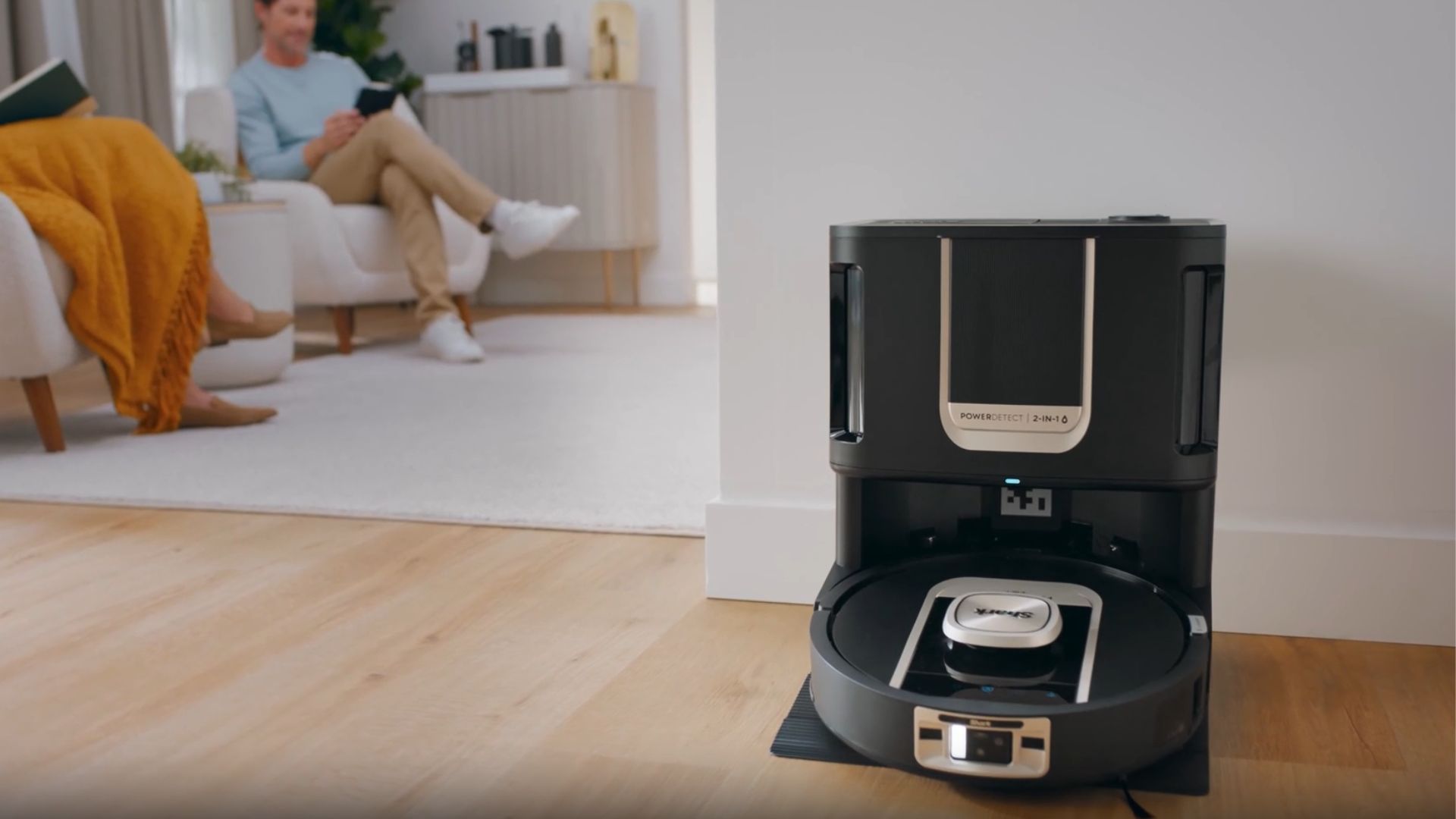I love the Wear OS platform, so it’d make sense for me to appreciate Google’s Pixel Watch collection – but that hasn’t been the case in reality.
In what I always thought was a bit odd, considering the money and might behind Google, it seemed to falter with the execution. Each generation of Pixel Watch, though better than that which came before, was never quite up to scratch compared to the rest of the wearable competition.
The first-gen Pixel Watch, for example, had utterly abysmal battery life that wouldn’t even make it through a day without some serious babying. The second-gen watch was better, but it was too small for my tastes with a single 41mm variant, and there was, of course, the Fitbit Premium upsell.
The Pixel Watch 3 came closer than any other to at least matching the competition, if not excelling, but even that model had durability issues, and it lacked the more in-depth fitness and tracking insights present on much of the competition.
The new Pixel Watch 4, however, could be the year that Google finally gets it right.
The Pixel Watch 4 could tempt me
Right off the bat, the Pixel Watch 4 just looks like a smartwatch that I’d wear. The dome effect screen isn’t new, but I love how it looks nonetheless – it immediately separates itself from competing Wear OS watches like the OnePlus Watch 3 and Samsung Galaxy Watch 8, both of which have a regular flat screen.

The screen itself is also 10% bigger than the outgoing Pixel Watch 3 with a 16% smaller bezel, both of which should translate to more screen real estate for viewing notifications and interacting with apps – even with the smaller 41mm variant.
That bigger screens also allow the Pixel Watch to flaunt one of its most tempting visual features: Wear OS 6 with Material 3 Expressive UI support.
While Samsung’s wearable might’ve beaten Google to the punch with the latest version of Wear OS, it’s the Pixel Watch that sports the fully overhauled interface. Matching the new UI exclusively present on the Pixel 10 collection, it’s much more stylish, much more reactive as a result, and I can’t wait to delve into every aspect of the new UI once I get my hands on the wearable for review.
Google has also taken a leaf out of OnePlus’ playbook with the introduction of a dual-chip compute architecture with the aim of boosting both battery life and performance.
It’s not quite up to the impressive five-day battery life of the OnePlus Watch 3, managing 30 hours from the smaller 41mm variant and 40 hours from the larger 45mm wearable, but it’s a boost of around 25% compared to last year’s alternatives.


It’s also double what you’ll get from the Apple Watch Series 10 and matches the likes of the Galaxy Watch 8, which should alleviate most of the battery anxiety present with previous iterations.
I’m also a big fan of the new side-mounted charging system, which allows the watch to double up as a bedside clock when on charge – though I’ll be curious to see just how noticeable the side-mounted pogo pins are when I eventually don the wearable.
Essentially, it’s an all-round upgrade on what came before it – and that’s not all the Pixel Watch 4 has to offer either.
The icing on the cake
Fitness tracking on the Pixel Watch has always been fine, but it has lagged behind the wearable competition in terms of more in-depth stats and analysis – ironic considering Pixels utilise Fitbit smarts – and that plenty of that info was locked behind a paywall.


Well, I don’t think the latter is changing any time soon, but the Google team has put more effort into bolstering the wearable’s fitness tracking capabilities this time around.
That includes totally new elements like Readiness Scores and real-time guidance we’ve already seen from much of the competition, along with Google’s claims of the ‘most accurate sleep tracking yet’ with improved sleep stage detection and next-gen skin temperature monitoring to boot.
It’s also said to be better at automatically recognising activities, and will send a personalised summary of your workout once complete, with the built-in AI learning more about you and your habits over time.
The Fitbit companion app has also been totally redesigned to coincide with the launch of the watch, with new elements like personalised fitness plans and sleep insights tailored to you and your data.
But for me, the most exciting feature is the upcoming AI coach tech. Google claims the company worked with AI experts to create the tech, which essentially analyses your data and provides personalised guidance. That’ll appear in different forms, from providing insights into your recent exercise trends to adjusting its exercise recommendations based on your level of fitness.


The only frustrating part is that, like the watch’s new satellite-connected emergency comms, it’ll be limited to US users at first, so I’ll be waiting some time before I can test it out in ol’ Blighty.
A little longer to wait
That all said, we’re all going to have to wait a little bit longer until we can try the new Pixel Watch for ourselves.
Google has confirmed it won’t launch until 9 October 2025 alongside the Pixel 10 Pro Fold and Pixel Buds 2a – but it looks like it’ll be well worth the wait.











